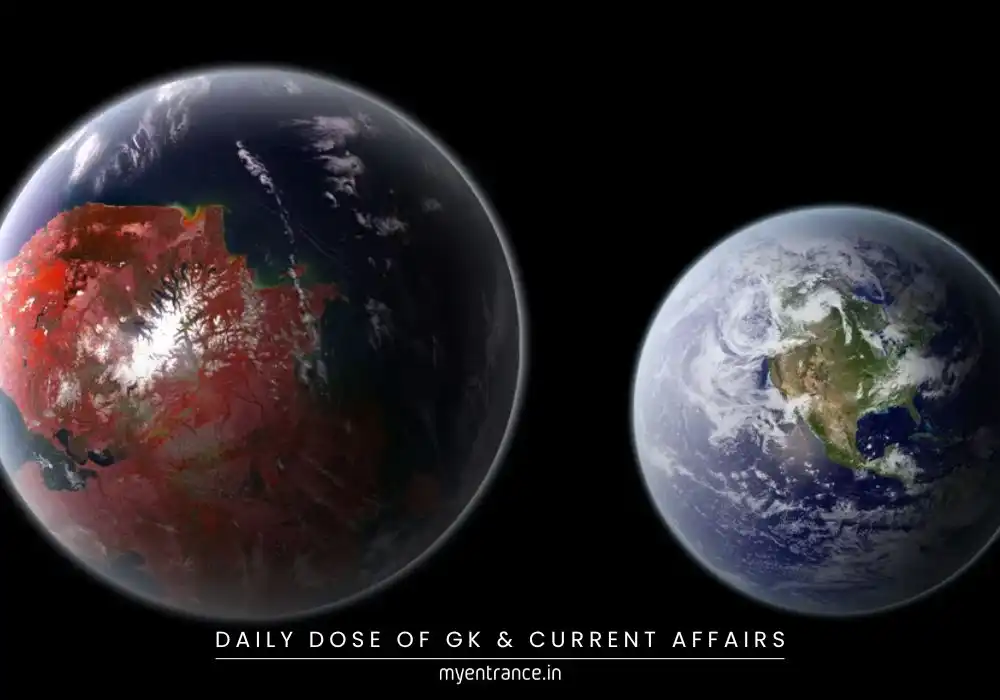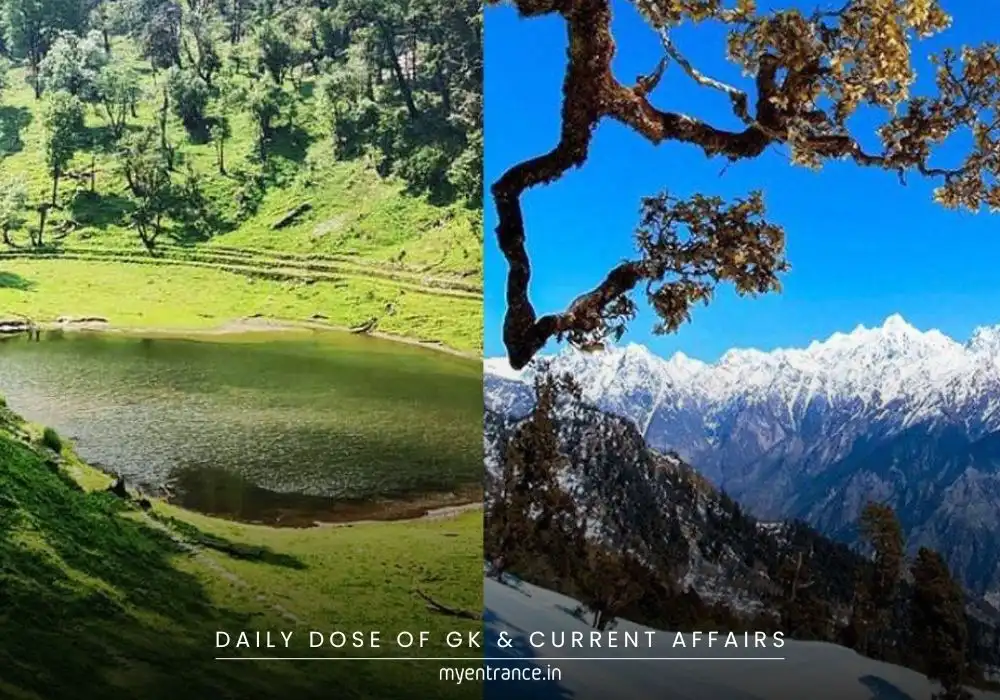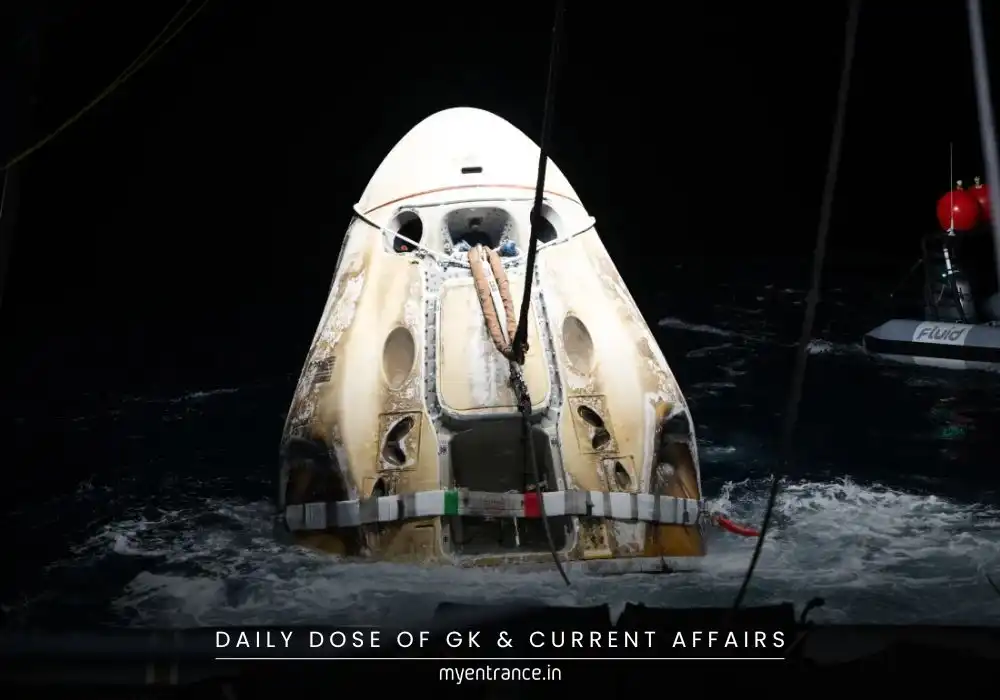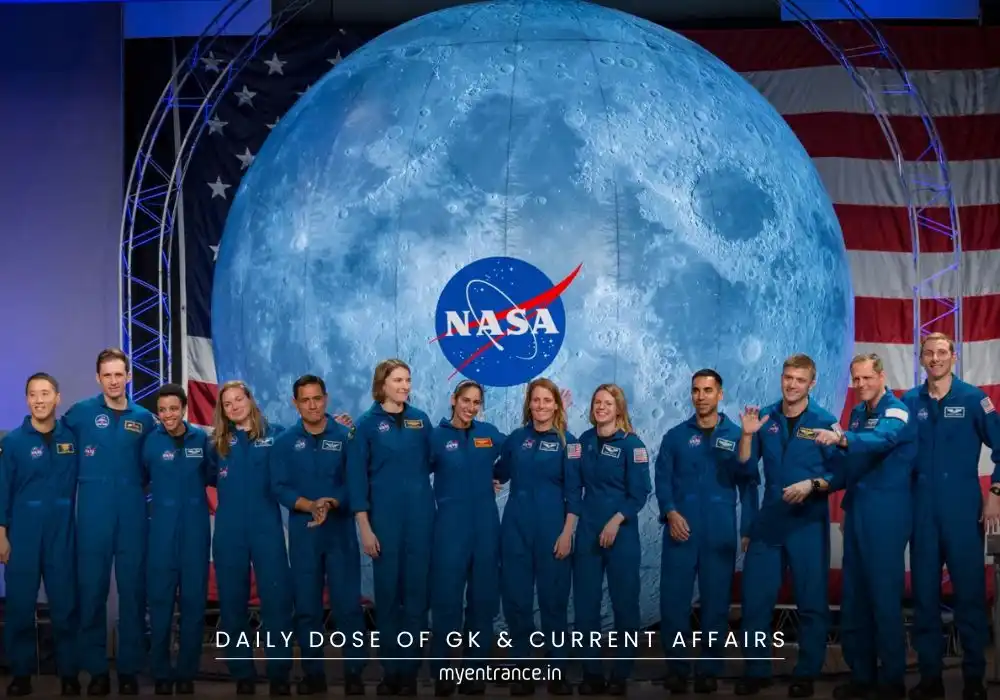Translate Language
How Did NASA Capture the Closest-Ever Images of the Sun?
NASA’s Parker Solar Probe has set a new milestone by snapping the closest-ever images of the Sun, just 3.8 million miles from its surface. These unprecedented shots reveal solar wind dynamics and coronal mass ejections (CMEs), offering critical insights into space weather that affects Earth.
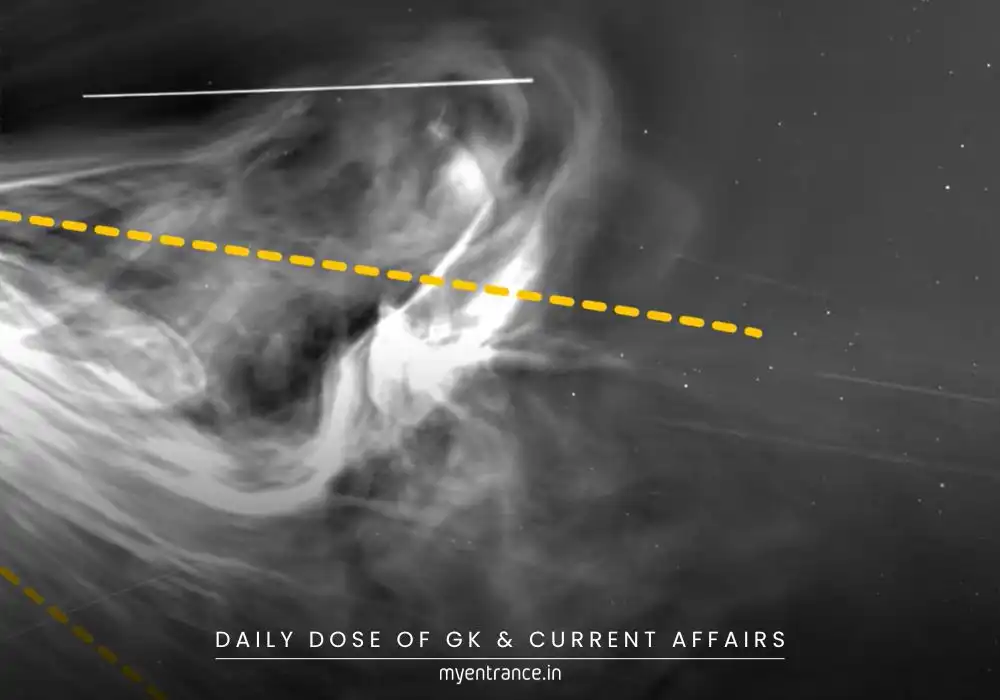
How NASA Captured This Groundbreaking View
In December 2024, the Parker Solar Probe made a daring close approach to the Sun, diving into its outer atmosphere (corona). Using its Wide-Field Imager for Solar Probe (WISPR), it captured high-resolution images of:
Solar Wind Origins – The probe traced charged particles streaming from the Sun, showing how they accelerate into space.
Magnetic “Switchbacks” – Strange zigzagging magnetic fields that fuel fast solar winds.
Coronal Mass Ejections (CMEs) – For the first time, scientists saw CMEs colliding and merging, which can amplify space weather effects.
NASA scientist Nicky Fox explained, “We’re seeing where space weather begins—not just in models, but with real data. This helps us protect astronauts and technology on Earth.”
Why This Discovery Matters
Understanding solar wind and CMEs is crucial because:
They can disrupt satellites, power grids, and communication systems.
Improved predictions help shield astronauts from harmful radiation.
It reveals how the Sun’s behavior impacts Earth’s climate and space environment.
Sample Exam Questions & Answers
Q1: What is the significance of NASA’s Parker Solar Probe mission?
A1: It captures the closest-ever images of the Sun, helping scientists study solar wind, CMEs, and space weather.
Q2: How close did the Parker Solar Probe get to the Sun?
A2: 3.8 million miles—the closest any spacecraft has ever been.
Q3: What instrument did the probe use to capture solar images?
A3: The Wide-Field Imager for Solar Probe (WISPR).
Q4: What are “magnetic switchbacks” in solar wind?
A4: Zigzagging magnetic fields that accelerate fast solar wind from coronal holes.
Q5: How does studying the Sun help life on Earth?
A5: It improves space weather forecasts, protecting technology and astronauts from solar storms.
Why This Topic is Important for Competitive Exams
Questions on NASA missions, solar phenomena, and space technology frequently appear in UPSC, SSC, PSC, and other entrance exams. Understanding:
The Parker Solar Probe’s discoveries
Solar wind and CMEs
Space weather’s impact on Earth
can help you tackle science and current affairs sections effectively.
Stay updated with MyEntrance.in for more exam-focused insights on groundbreaking scientific discoveries!
Get 3 Months Free Access for SSC, PSC, NIFT & NID
Boost your exam prep!
Use offer code WELCOME28 to get 3 months free subscription. Start preparing today!







